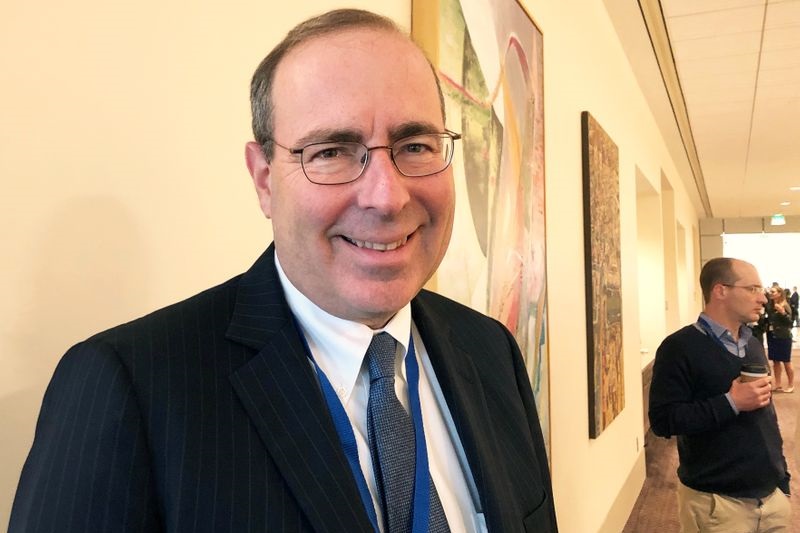Soft landing for U.S. economy “conceivable” but not “inevitable” – Barkin
2024.01.03 11:16

© Reuters
Investing.com — The Federal Reserve is “making real progress” in its bid to corral elevated inflation back down to its 2% target without sparking a meltdown in the broader economy, according to Richmond Fed President Thomas Barkin.
Speaking at an event in North Carolina, Barkin noted that “you can see the case” for the argument that the U.S. is on track for this so-called “soft landing,” adding that demand, employment and price gains now seem to be on a path “back toward normal.”
“The airport is on the horizon,” Barkin said. “But landing a plane isn’t easy, especially when the outlook is foggy, and headwinds and tailwinds can affect your course.”
While he stressed that a soft landing is “increasingly conceivable,” he flagged that it remains “in no way inevitable.” Barkin flagged four key risks to this scenario, including “above-normal” price increases by businesses and a delayed impact on the economy by the Fed’s recently aggressive policy tightening campaign that has brought interest rates up to more than two-decade highs. Unforeseen shocks to the financial system from geopolitical events and resilient consumer spending data also present risks, Barkin said.
“[I]t is hard to make a case for a pullback so long as equity values are high and the labor market remains as tight as it is,” he argued. Barkin added that the potential for additional rate hikes is still “on the table.”
The comments come after the Fed left rates unaltered at a range of 5.25% to 5.50% in December, but signaled that its campaign of rate increases may have peaked. New forecasts from policymakers also suggested that they may slash rates by 75 basis points this year, an outlook that was more dovish than prior projections.
Speculation over possible rate reductions fueled a late-year surge in stocks, although many officials have since attempted to temper this enthusiasm. Minutes from the Fed’s latest gathering, due out later on Wednesday, are expected to provide more insight into the U.S. central bank’s thinking.








